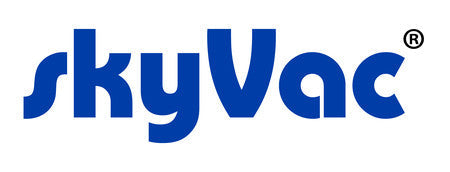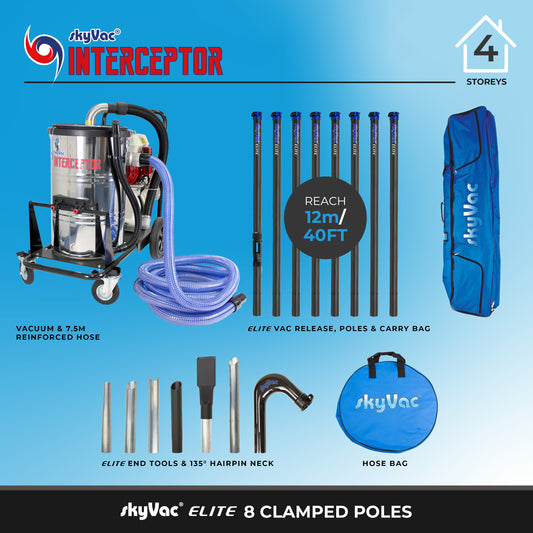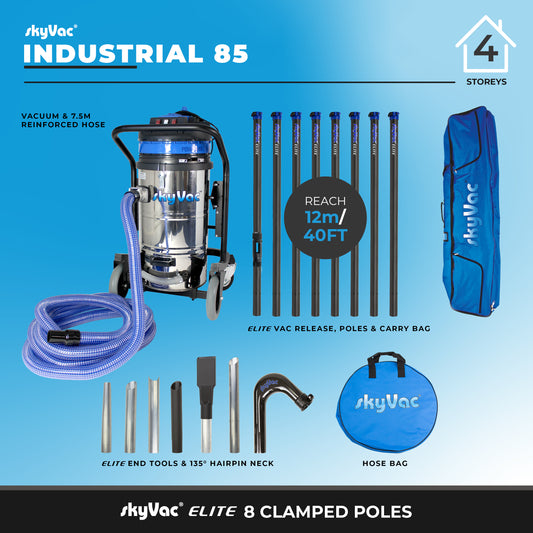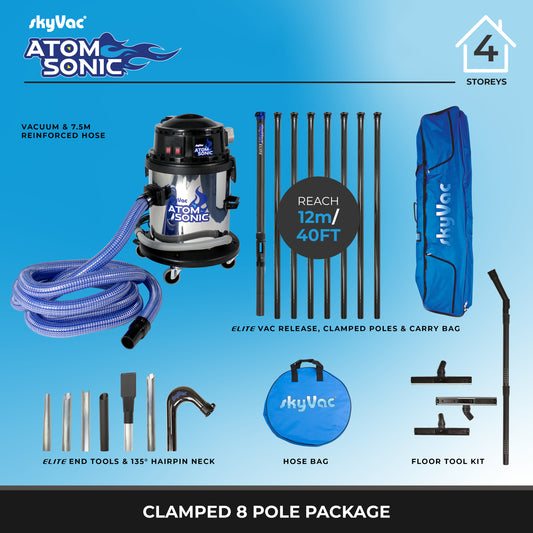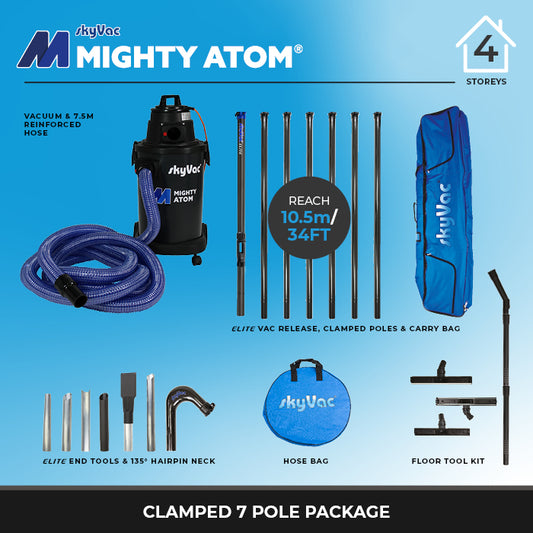Why Is Dust And Dander High? Understanding the Causes and Solutions in 2025
Share
We've all noticed it—dust and dander seem to be everywhere these days, no matter how often we clean. If you've found yourself asking, "Why Is Dust And Dander High?" you're not alone. In 2025, this issue is still a big deal for homes and businesses. Understanding what causes this buildup and what we can do about it makes a huge difference, especially for our health and the way our spaces look and feel. Let's break down why dust and dander are so stubborn, where they collect, and how we can finally get ahead of the mess.
Key Takeaways
- Dust and dander build up quickly in high, hard-to-reach spots because of airflow and everyday activity.
- Letting dust and dander pile up can lead to health problems and even safety risks in buildings.
- Modern cleaning tools and regular routines are the best way to control dust and dander in 2025.
Why Is Dust And Dander High: Key Factors Behind the Buildup
How Airflow and Activity Raise Dust and Dander Levels
We don’t always see it happening, but dust and dander are in constant motion indoors. Any movement—whether it's a door opening or machinery running—kicks up tiny particles like dead skin, fibers, and pollen. These particles, so light and fine, are easily picked up by ventilation, air conditioning, or naturally rising warm air. Before long, they’re floating up and settling in the places we touch the least but see the most when the sun hits them just right. High-traffic zones, fans, and even cleaning can actually put more dust in the air.
A few key drivers that make dust and dander worse:
- Running HVAC or fans moves particles into higher spots.
- Walking, moving equipment, or even just sweeping puts more into the air.
- Poor ventilation means particles linger longer before settling.
We’ve learned that even cleaning, if done without proper tools, can send dust back into the room instead of removing it for good.
Common Areas Where Dust and Dander Accumulate
Let's face it—most of us don’t think about what's happening above eye level until we spot cobwebs or someone comments on the dust. High and awkward places tend to be magnets for buildup over time, especially because they're hard to reach or notice during regular cleaning.
The most affected spots include:
- Ceiling beams and rafters
- Air vents, ductwork, and fans
- Light fixtures and signage
- Pipes and cable trays
- Shelves and high ledges
- Corners where walls meet the ceiling
This overlooked dust isn’t just about looks—it can fall onto surfaces below, impact the air we all breathe, and end up back in circulation any time there’s movement or a draft. To really tackle these hidden zones, specialized vacuum sets like the SkyVac Internal Brush Set are designed to reach and remove debris from every awkward corner and crevice.
By knowing where and why dust and dander gather, we put ourselves in a stronger spot to control it—making our spaces healthier for everyone inside.
The Impact of High Dust and Dander on Health and Buildings
Health Risks and Allergens Linked to Indoor Dust
When we think about dust and dander, it's tempting to just see them as a nuisance, but they’re more than just an eyesore. Fine dust and animal dander can get deep into our lungs, stirring up allergies and even worsening asthma. We’re not just talking about a sneeze or two—people with sensitivities find their breathing gets tight, eyes water, and skin itches just from simple exposure. The tiny bits that make up dust—skin flakes, hair, pollen, and fibers—are so light, they linger in the air long after a simple sweep or even a deep vacuum. It’s especially tough in places where there’s a lot of movement, like offices or schools, where each footstep or door swing kicks up more.
- Increased dust can aggravate respiratory issues such as asthma or chronic bronchitis
- Animal and human dander are common triggers for allergic reactions
- Fine particles remain suspended for hours, prolonging exposure
If left unchecked, persistent dust and dander in a space create an unhealthy loop: they worsen symptoms for those with allergies, but even those without can develop problems after prolonged exposure. It’s not just about comfort—it becomes a genuine health concern for everyone inside.
Operational and Safety Concerns in Facilities
Dust and dander don’t just disappear. Over time, they settle in unexpected places. High ledges, ductwork, around pipes, even on top of light fixtures—these areas become hidden traps for buildup. Regular cleaning of visible surfaces isn’t enough; the hidden stuff accumulates and brings its own set of problems.
- Fire hazards: Layers of dust near electrical panels or lights are surprisingly flammable
- Equipment malfunctions: Dust can get into HVAC systems, causing breakdowns or reduced efficiency
- Professional image: Walk into a building and see dusty vents or cobwebbed rafters, and it just feels neglected
When dust falls from above—from beams or ducts—it can contaminate production lines, surfaces, or packaging. For industries that have to meet safety codes, allowing dust buildup is risky. There’s also the cost and resource drain: more cleaning needed, more equipment failures, and sometimes even failed inspections.
Monitoring these high, hidden spots and keeping them clean is the responsibility of everyone involved in maintaining healthy and safe buildings. Ignoring the problem never makes it go away; it usually just gets worse—and more expensive to fix—in the long run.
Effective Solutions for Managing High Dust and Dander in 2025

When we’re tackling dust and dander these days, getting up on a ladder just isn’t part of our plan. Technology has changed how we clean those high, out-of-reach areas safely from the ground. High-reach vacuum systems and lightweight carbon fiber poles make high dusting much easier and safer. For example, with a powerful SkyVac system, we get up to 40 feet of reach, sturdy control, and strong suction—letting us clear ceilings, rafters, light fixtures, and ductwork in busy places like schools or hospitals without disrupting daily routines.
We’ve found that efficiency comes down to choosing the right attachments for the job:
- Telescopic carbon fiber poles that adjust to different heights and tight spaces
- Angle adapters and flexible brush heads for cleaning awkward corners, pipes, or beams
- HEPA-compatible vacuum tools to suck up fine dust without sending allergens back into the air
Some of us use camera attachments to make sure nothing gets missed, especially where visibility is bad. After using any of these, it’s important to inspect tools for signs of wear and clean or swap out filters as needed. For better dust control, filter replacement once or twice a year with bigger capacity cloth dust bags can really support long-term performance up top.
When we rely on extendable tools, we’re not just making the job simpler—we’re removing the hazards that come with ladders, scaffolding, or lifts, and avoiding workplace injuries entirely.
Best Practices for Routine Dust and Dander Control
Managing dust and dander isn’t just a one-off—it's something we have to plan and stick to. Keeping indoor environments cleaner year-round takes some consistency, but it doesn’t have to be complicated. The way we approach it now, we focus on staying ahead of the buildup and not letting things pile up between cleanings.
Here’s what’s worked best for us:
- Schedule regular cleaning sessions—monthly in offices, or even weekly for facilities with a lot of movement or pets.
- Always start at the highest points (beams, light fixtures, ducts) and work downward to avoid recontamination.
- Use HEPA vacuums or fine dust filters, especially if allergies or compliance concerns are in play.
- Clean and check poles, heads, and filters after each round to prevent clogs and preserve suction.
- Handle dust removal after-hours if possible, so particles disturbed during cleaning have time to settle before people return.
If a space is seeing more dust and dander than usual, we revisit our filter schedule, sometimes swapping to a fresh set sooner. Combining the right tools with a routine like this keeps the air clearer, the workspace healthier, and the overall look of our facility on point.
Lots of places get dusty and have a lot of dander, but you don’t have to live with it. Simple steps like using strong vacuums and special cleaning tools can really help. Want more tips and solutions to make your air cleaner? Visit our website now and discover how we can help you breathe easier!
Conclusion
So, after looking at why dust and dander seem to be everywhere these days, it’s clear that it’s not just a problem for 2025—it’s something we all have to deal with, year after year. Dust and dander get into high places because of how air moves, how we use our buildings, and just everyday life. If we ignore those hard-to-reach spots, it can lead to health issues, fire risks, and a less professional look for any space. The good news is, we don’t have to tackle this alone or risk our safety on ladders. With the right high dusting tools—like the systems from SkyVac and Clean Direct—we can keep our spaces cleaner and safer without a ton of hassle. Regular cleaning, using the right equipment, and a bit of planning go a long way. Let’s make high dusting part of our routine and keep the air fresh for everyone who comes through our doors.
Frequently Asked Questions
Why does dust and dander collect in high places?
Dust and dander are made up of tiny, light particles that can float in the air. When people walk around, use machines, or when heating and cooling systems run, these particles get pushed up and carried by the air. Over time, they settle on high spots like beams, vents, and light fixtures because these areas are not cleaned as often and are out of reach.
How often should we clean high areas to control dust and dander?
We should clean high places at least every few months, but some buildings may need it more often if there is a lot of activity or if people have allergies. Regular cleaning stops dust from building up and keeps the air healthier for everyone inside.
Do we need special tools to clean high dust and dander?
Yes, special tools like extendable poles, vacuum systems, and brushes are made for reaching high spots safely from the ground. These tools help us clean without using ladders or lifts, which makes the job safer and faster. Systems like SkyVac are designed for this kind of work and make it much easier to keep overhead areas clean.
